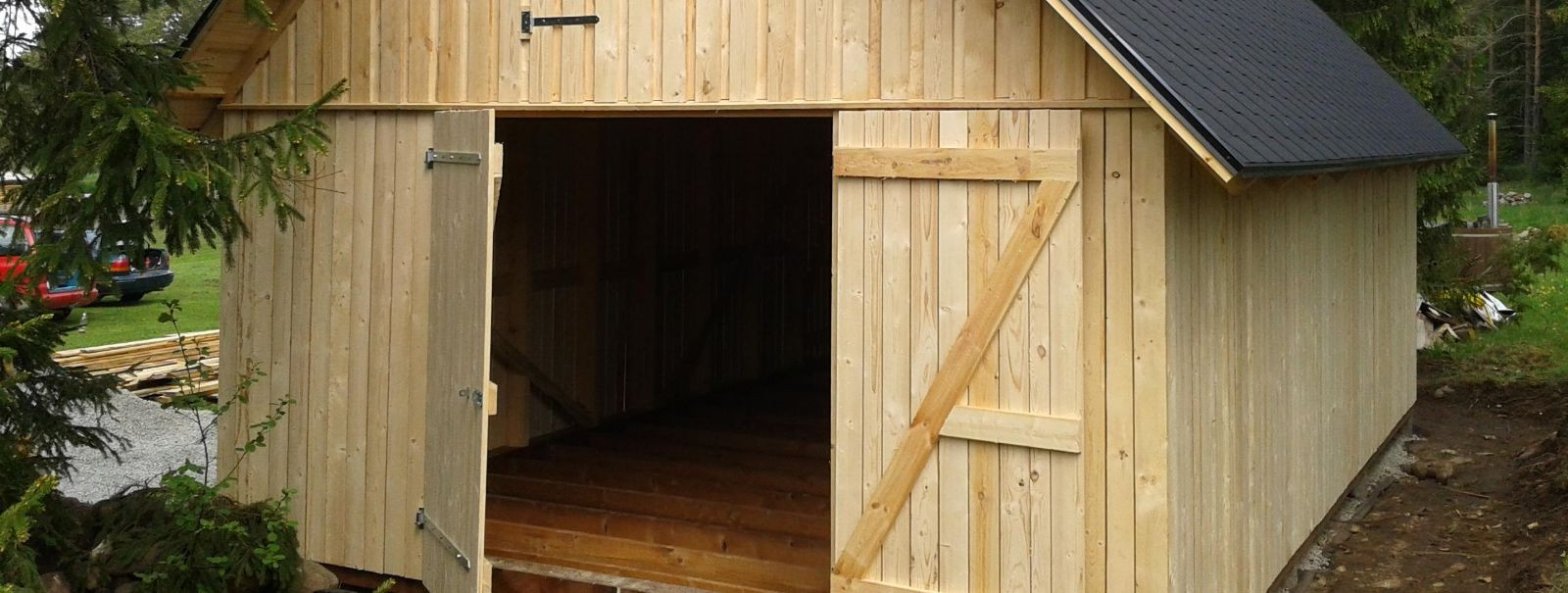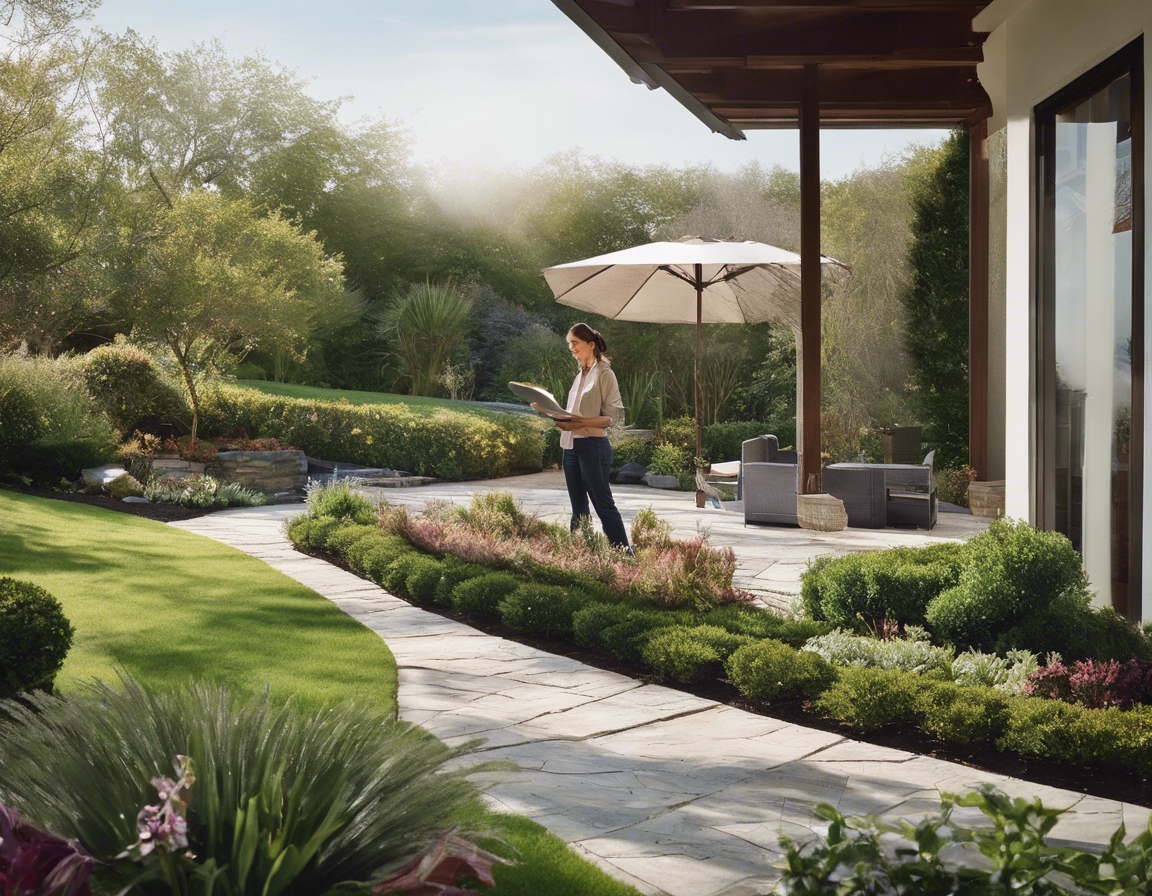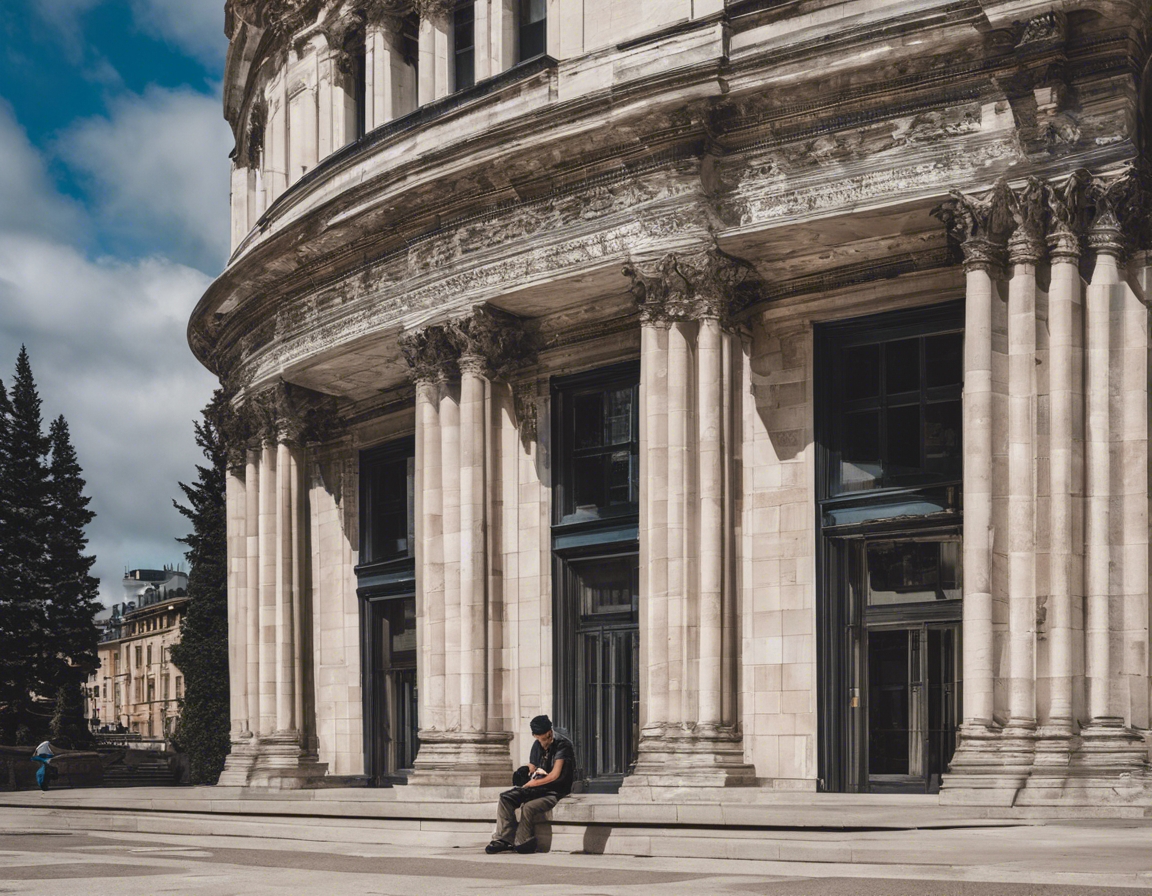5 trends shaping the future of sustainable construction
Sustainable construction refers to the practice of creating structures and using processes that are environmentally responsible and resource-efficient throughout a building's life cycle. This includes the design, construction, operation, maintenance, renovation, and demolition stages. The goal is to reduce the environmental impact and to create buildings that are healthier for occupants and the community at large.
As the effects of climate change become more pronounced, the construction industry is under increasing pressure to adapt and innovate. Sustainable construction is not just a trend; it's a necessary shift to ensure the longevity and health of our planet and its inhabitants. For homeowners, real estate developers, and local businesses in Lääne-Virumaa and surrounding areas, sustainable construction offers a way to build responsibly while also investing in the future value and efficiency of their properties.
1. Green Building Materials
The use of renewable resources and recycled materials is becoming more prevalent in construction. Materials such as bamboo, reclaimed wood, and recycled steel and plastic not only reduce the depletion of natural resources but also minimize waste. These materials often come with the added benefit of being more durable and requiring less maintenance over time.
Material technology is advancing rapidly, with new composites and bio-based materials offering sustainable alternatives to traditional construction materials. These innovations often provide improved performance, such as better insulation or strength, while also reducing environmental impact.
2. Energy Efficiency and Renewable Energy Integration
Smart design principles and Passive House standards are leading the way in energy-efficient construction. By optimizing building orientation, insulation, and window placement, these designs reduce the need for artificial heating and cooling, thereby lowering energy consumption.
The integration of renewable energy sources, such as solar panels and wind turbines, is becoming more common in new construction projects. Net-zero buildings, which produce as much energy as they consume, are the pinnacle of this trend, showcasing the potential for self-sufficient and environmentally friendly living spaces.
3. Water Conservation and Management
Water conservation is a critical aspect of sustainable construction. Efficient fixtures, rainwater harvesting systems, and greywater recycling are just a few of the strategies being implemented to reduce water usage in buildings.
Green infrastructure, such as green roofs and permeable pavements, is being used to manage stormwater on-site, reducing runoff and improving water quality. These systems not only conserve water but also contribute to the overall aesthetics and biodiversity of the built environment.
4. Emphasis on Indoor Environmental Quality
Indoor environmental quality is gaining attention as we understand more about its impact on occupant health. The use of non-toxic materials and improved ventilation systems can significantly reduce indoor air pollutants and create a healthier living space.
Biophilic design, which incorporates natural elements into the built environment, is being embraced for its ability to enhance well-being. This approach includes the use of natural light, plant life, and materials that mimic nature, creating a connection between the indoors and the natural world.
5. Advanced Construction Technologies
Building Information Modeling (BIM) is revolutionizing the construction industry by providing a digital representation of the physical and functional characteristics of a facility. This allows for better planning, design, construction, and management of buildings and infrastructure.
3D printing and prefabrication are transforming the way buildings are constructed. These technologies enable more precise and efficient construction processes, reducing waste and potentially lowering costs. They also allow for more complex and customized designs that were previously difficult or impossible to achieve.






Comments (0)